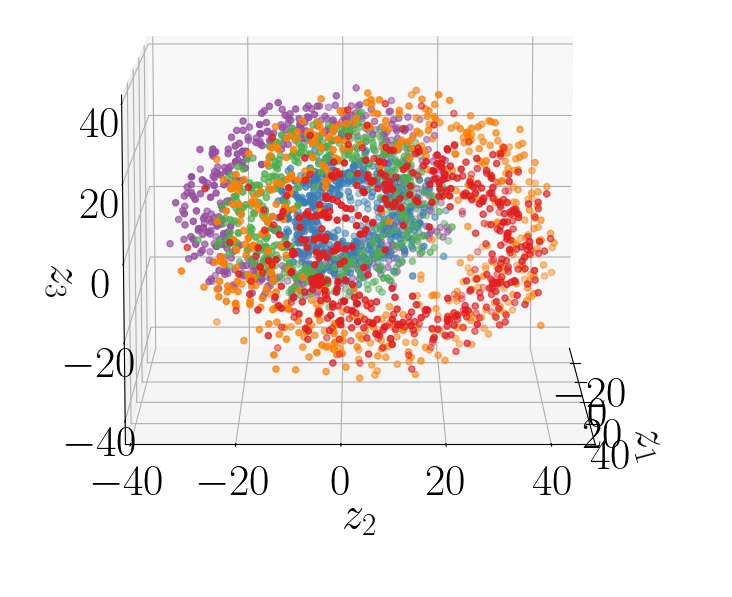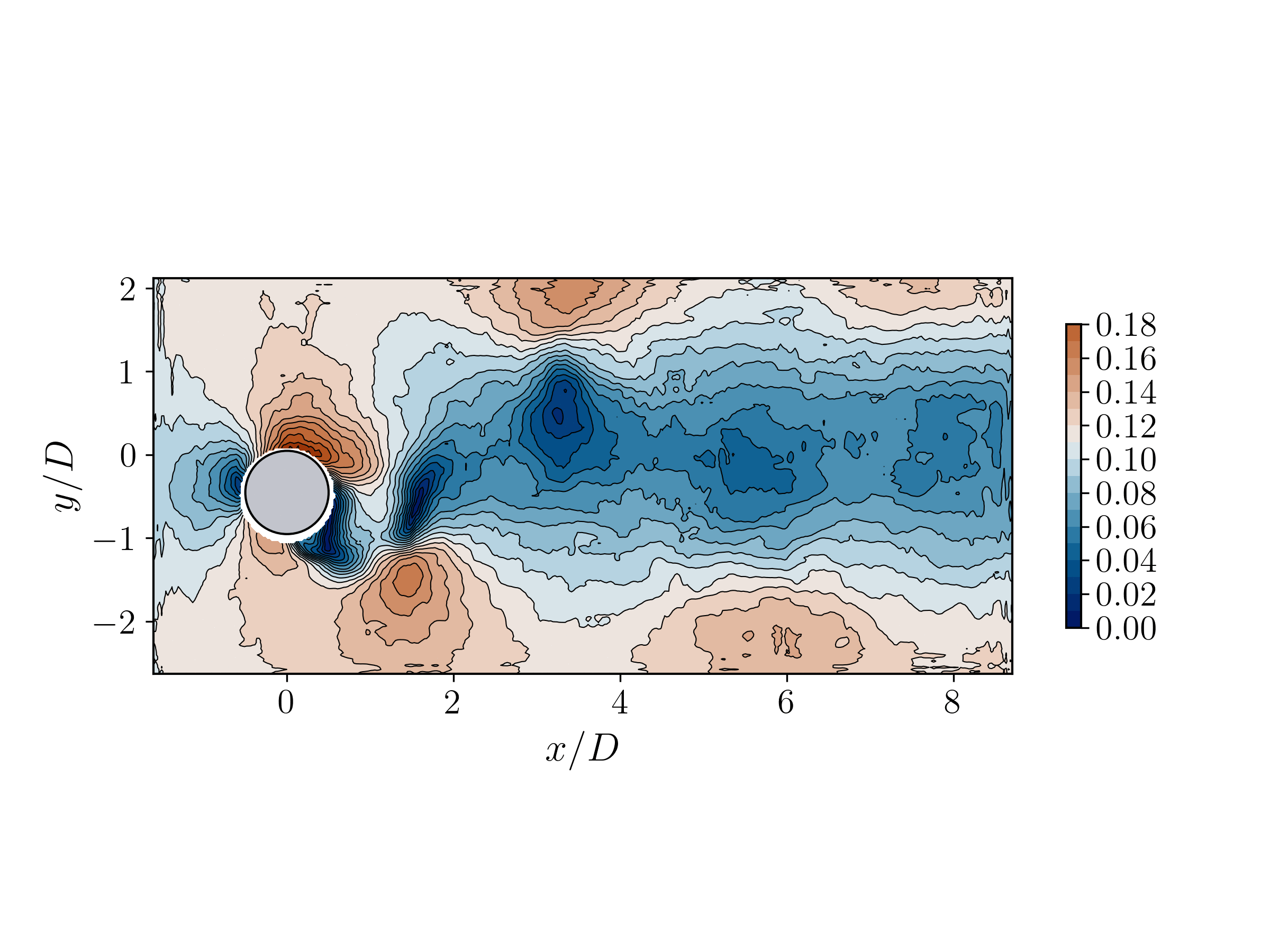Sitemap
A list of all the posts and pages found on the site. For you robots out there is an XML version available for digesting as well.
Pages
Posts
Future Blog Post
Published:
This post will show up by default. To disable scheduling of future posts, edit config.yml and set future: false.
Blog Post number 4
Published:
This is a sample blog post. Lorem ipsum I can’t remember the rest of lorem ipsum and don’t have an internet connection right now. Testing testing testing this blog post. Blog posts are cool.
Blog Post number 3
Published:
This is a sample blog post. Lorem ipsum I can’t remember the rest of lorem ipsum and don’t have an internet connection right now. Testing testing testing this blog post. Blog posts are cool.
Blog Post number 2
Published:
This is a sample blog post. Lorem ipsum I can’t remember the rest of lorem ipsum and don’t have an internet connection right now. Testing testing testing this blog post. Blog posts are cool.
Blog Post number 1
Published:
This is a sample blog post. Lorem ipsum I can’t remember the rest of lorem ipsum and don’t have an internet connection right now. Testing testing testing this blog post. Blog posts are cool.
portfolio
Portfolio item number 1
Short description of portfolio item number 1
Portfolio item number 2
Short description of portfolio item number 2 
publications
Simulation of a wingtip vortex flow with Linear Eddy Viscosity turbulence models at Re=4.6E6 and Re=1.2E6
Published in Politecnico di Milano, Universitè de Liege, 2022
Linear Eddy Viscosity Models, wingtip vortex, Large Eddy Simulations, Reynolds Average Navier-Stokes simulations.
VIVALDy: A Hybrid Generative Reduced-Order Model for Turbulent Flows, Applied to Vortex-Induced Vibrations
Published in arXiv, 2025
Machine-Learning, Deep Learning, Reduced-Order Models, Turbulent Flows, Vortex-Induced Vibrations
Recommended citation: Tonioni, N., Agostini, L., Cordier, L., & Vinuesa, R. (2025). VIVALDy: A Hybrid Generative Reduced-Order Model for Turbulent Flows, Applied to Vortex-Induced Vibrations. arXiv preprint arXiv:2509.24965.
Download Paper
talks
Reduced-oreder modeling of experimental turbulent flows: from linear projection-based methods to autoencoders
Published:
Can deep learning effectively compress and reconstruct turbulent flows? I will present our analysis, exploring autoencoders (AEs) and variational autoencoders (VAEs). We address key questions: How well do AEs and VAEs reconstruct the flow at extreme compression rates? How are the learned mappings structured in the reduced subspace? Do these latent representations correlate with key flow parameters?

Data-driven modeling of near-wall turbulence using β-variational autoencoder, transformers, and adversarial loss
Published:
Can machine learning help us understand and predict near-wall turbulence? In this talk, I presented a framework combining a β-variational autoencoder (β-VAE) for unsupervised feature extraction and a unidirectional transformer for temporal prediction of turbulent channel flows. Using minimal channel simulations at \(Re_\tau = 200\), we assess the framework’s ability to capture compact, interpretable representations and forecast flow dynamics. Validation includes energy spectra, quadrant analysis, and dynamical tools such as Lyapunov exponents and Poincaré maps.

Vivaldy: AI-Driven Low-Order Modeling of Vortex-Induced-Vibrations
Published:
How can we efficiently model turbulent flows in vortex-induced vibration (VIV) systems for energy harvesting? In this talk, I introduced VIVALDy, a deep generative framework combining a β-VAE-GAN with masked convolutions and a bidirectional transformer. The model learns compact, interpretable latent representations of flow fields while accurately predicting their evolution using only the cylinder displacement as input. Validated against experimental data across a range of Reynolds numbers, VIVALDy achieves superior reconstruction accuracy and better captures flow statistics than traditional reduced-order models—opening new directions for control and design of VIV-based energy systems.

teaching
Teaching Assistant - Aerodynamics
Undergraduate course, Isae - École Nationale Supérieure De Mécanique Et D'aérotechnique, 2025
Responsibilities included:
- Leading tutorial sessions and problem-solving workshops
- Providing student support during office hours
